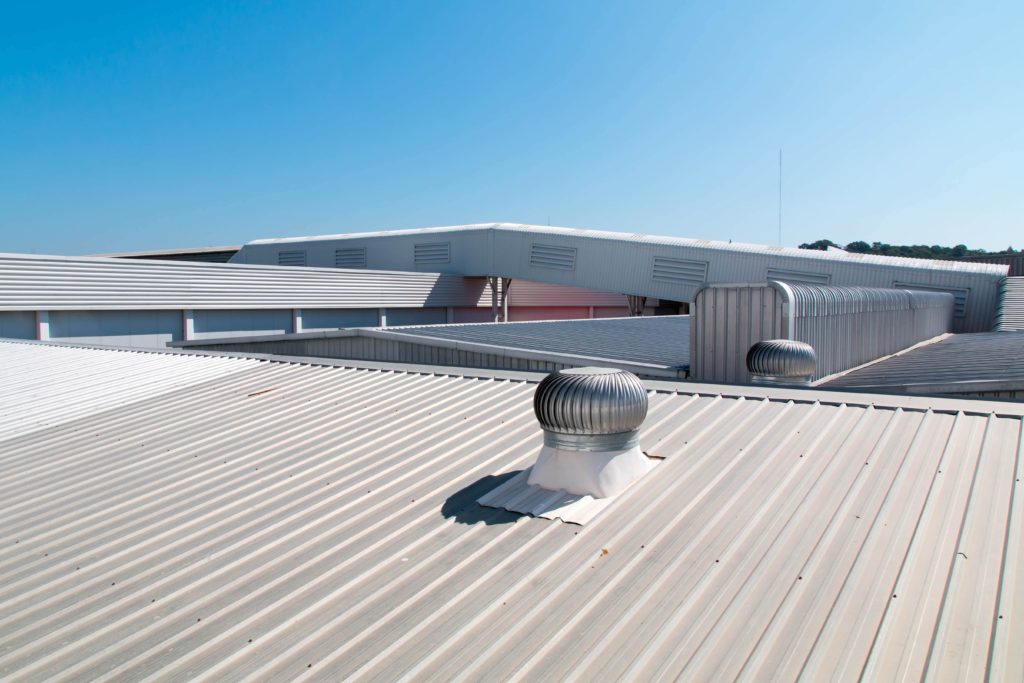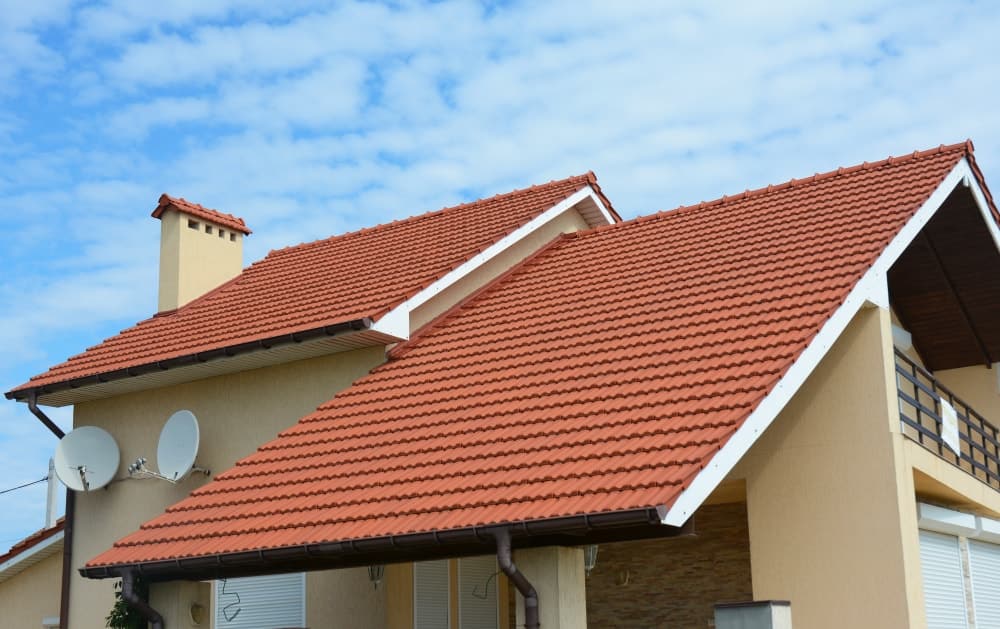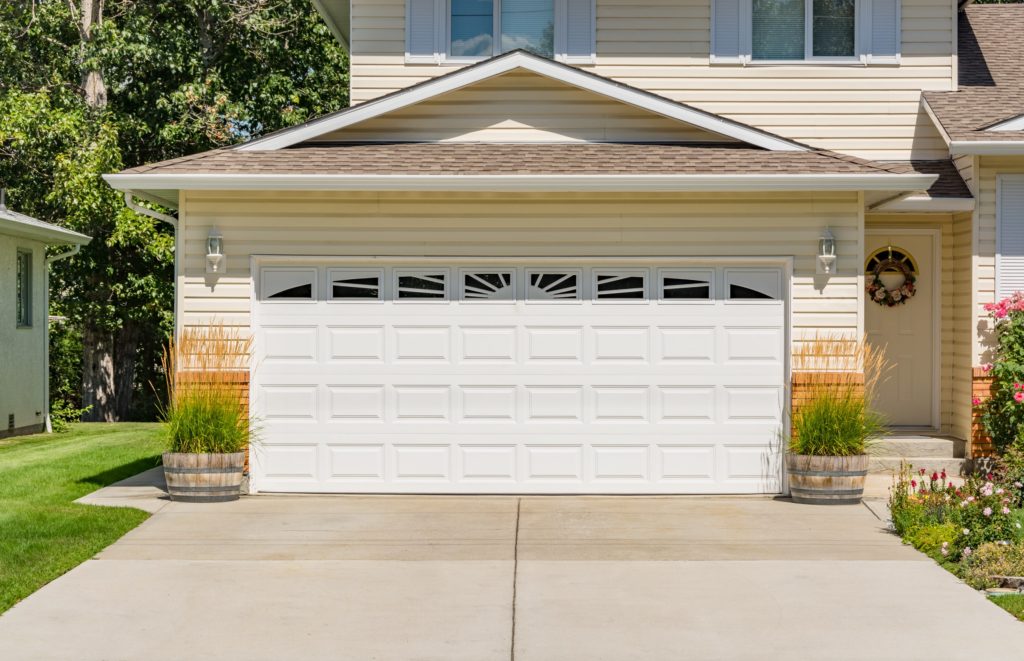The Cost of Roofing Installation: Breaking Down the Expenses
Imagine this: You’re enjoying a peaceful weekend at home when you notice a damp spot on your ceiling. Panic sets in as you realize that your roof may need replacing. While the thought of roofing installation can be daunting, understanding the costs involved can demystify the process and help you make informed decisions. In this comprehensive guide, we’ll break down the expenses associated with roofing installation, giving you a clear picture of what to expect and how to budget effectively. Let’s dive into the financial details of securing a sturdy and lasting roof over your head.
Material Costs: Choosing the Right Roofing Option
Understanding the cost of roofing installation involves breaking down several key expenses, with material costs being one of the most significant components. The choice of roofing materials plays a crucial role in determining the overall expense of your project. Various options, such as asphalt shingles, metal roofing, clay tiles, and slate, each come with their own price points and benefits. Asphalt shingles are often favored for their affordability and versatility, while metal roofing offers durability and energy efficiency. Clay tiles provide a distinctive aesthetic and excellent longevity, whereas slate is prized for its timeless elegance and extreme durability. Each material’s cost reflects its unique properties, and selecting the right option depends on your budget, aesthetic preferences, and long-term performance expectations.
When choosing roofing materials, it’s essential to consider not only the initial cost but also the long-term value they provide. Higher-end materials like slate and metal may have a higher upfront cost but can offer significant savings in terms of maintenance and longevity. For example, metal roofs can last up to 50 years or more with minimal upkeep, potentially making them a cost-effective choice over time. Similarly, the durability and weather resistance of slate can reduce the need for repairs and replacements. These factors contribute to the overall cost-effectiveness of the roofing material over its lifespan, making it crucial to weigh the initial investment against potential future savings.
Additionally, the choice of roofing material impacts other related costs, such as installation labor and supplementary materials. Some materials require specialized installation techniques and additional structural support, which can increase labor costs. For instance, clay tiles and slate are heavier and might necessitate reinforced framing, leading to higher installation expenses. Conversely, materials like asphalt shingles are relatively easy to install, resulting in lower labor costs. Understanding these dynamics helps homeowners make informed decisions that align with their financial plans. By carefully evaluating material costs and their implications, you can choose a roofing option that balances upfront expenses with long-term benefits, ensuring a wise investment in your home’s future.

Roof Installation
Labor Costs: The Price of Professional Expertise
The cost of roofing installation is significantly influenced by labor costs, reflecting the price of professional expertise. Labor expenses can vary widely depending on factors such as the complexity of the roof design, the type of materials being used, and the specific challenges presented by the project. Professional roofing contractors bring a wealth of experience and technical know-how, which contributes to higher labor costs compared to do-it-yourself or less experienced options. This investment in skilled labor ensures that the roofing installation is executed with precision and adheres to industry standards, ultimately safeguarding the structural integrity and longevity of your roof.
One key aspect that affects labor costs is the intricacy of the roof’s architecture. Complex roof designs with multiple slopes, valleys, and intricate details require more time and specialized skills to install correctly. Additionally, the height and pitch of the roof can influence labor costs, as steeper roofs or those requiring special safety measures demand more effort and precautions from the installation team. Furthermore, certain roofing materials, such as slate or tile, necessitate meticulous installation techniques and additional time, increasing the overall labor costs. By choosing seasoned professionals, you ensure that these complexities are managed effectively, reducing the risk of future issues and repairs.
Moreover, roofing contractors often provide warranties for their workmanship, adding value to the labor cost. These warranties offer homeowners peace of mind, knowing that any errors or defects resulting from the installation will be addressed promptly at no additional charge. This assurance underscores the importance of investing in experienced professionals who stand behind their work. While the upfront labor costs may be higher, the long-term benefits of a properly installed roof – including durability, safety, and enhanced home value – make it a worthwhile investment. Ultimately, factoring in labor costs as part of the overall roofing installation expense highlights the critical role of professional expertise in achieving a high-quality, resilient roofing system.
Removal and Disposal: Out with the Old
When considering the cost of roofing installation, it is essential to account for the expenses related to removal and disposal of the old roof. This initial phase of the project involves safely dismantling the existing roofing materials, which can be a labor-intensive and time-consuming task. Depending on the age, type, and condition of the existing roof, this process may require specialized tools and techniques to ensure that the underlying structure is not damaged. Professional roofing contractors are well-equipped to handle this phase efficiently, minimizing the risk of accidents and ensuring that the removal is performed in compliance with safety standards. This expertise not only protects your property but also lays the groundwork for a smooth installation of the new roof.
The disposal of removed roofing materials is another critical expense to consider. Old roofing materials, such as asphalt shingles, tiles, or metal sheets, need to be properly disposed of in accordance with local regulations. This often involves transporting the debris to designated recycling centers or landfills, which incurs additional costs. Roofing companies typically include these disposal fees in their overall project estimates, providing a comprehensive understanding of the total expenses involved. Proper disposal is crucial not just for regulatory compliance but also for environmental responsibility, as many roofing materials can be recycled or repurposed, reducing the overall environmental impact of the project.
Additionally, unforeseen issues may arise during the removal process, such as discovering hidden damage to the roof deck or underlying structures. Addressing these problems promptly can prevent more extensive and costly repairs down the line. Professional roofing contractors are trained to identify and rectify such issues, ensuring that the new roof is installed on a sound and secure foundation. By including removal and disposal costs in the overall roofing installation budget, homeowners can anticipate and prepare for these necessary expenses. This holistic approach ensures a seamless transition from the old roof to the new, ultimately enhancing the durability and performance of the roofing system while maintaining compliance with environmental and safety standards.

Roof Installation Cost
Underlayment and Accessories: Hidden Essentials
When calculating the cost of roofing installation, it’s crucial to consider the expenses associated with underlayment and accessories, often regarded as hidden essentials. The underlayment serves as a critical barrier between your roofing materials and the roof deck, providing added protection against moisture, leaks, and other potential damage. Typically made from materials like synthetic polymers or felt, underlayment is key to enhancing the overall durability and lifespan of your roof. While these components might not be visible once the roof is installed, their role in maintaining the integrity of the roofing system cannot be overstated. Investing in high-quality underlayment can prevent costly repairs and extend the life of the roof by ensuring that water infiltration and other environmental factors are effectively managed.
In addition to underlayment, various roofing accessories contribute to the overall cost but are essential for a complete and effective roofing system. These accessories include flashing, drip edges, vents, and ridge caps, each playing a specific role in protecting the roof and enhancing its functionality. Flashing, for example, is used to seal and protect joints and intersections on the roof, such as around chimneys, vents, and skylights, preventing water penetration. Drip edges help guide water away from the roof edges and into the gutters, reducing the risk of water damage to the underlying structures. Proper ventilation systems are crucial for regulating temperature and moisture levels within the attic, which can significantly impact the roof’s performance and energy efficiency. Ridge caps are installed along the roof’s peak and provide an additional layer of protection, helping to prevent wind and rain from penetrating the roofing system.
Neglecting these hidden essentials can lead to significant issues down the line, resulting in higher maintenance costs and reduced roof longevity. Professional roofing contractors understand the importance of these components and ensure they are included in the installation process. By factoring in the costs of underlayment and accessories, homeowners can achieve a more accurate and comprehensive estimate of their roofing project. This holistic approach to budgeting ensures that all necessary elements are accounted for, ultimately leading to a more resilient, efficient, and long-lasting roofing system that provides peace of mind and protects the investment for years to come.
Permits and Inspections: Navigating Legal Requirements
When breaking down the cost of roofing installation, permits and inspections often represent a necessary but sometimes overlooked expense. Securing the appropriate permits is crucial for ensuring that your roofing project complies with local building codes and regulations. These permits are typically issued by municipal or county authorities and help guarantee that the roofing work meets safety and structural standards. The process of obtaining these permits involves submitting detailed plans and specifications of the proposed work, which may require review and approval by building officials. While this step might seem bureaucratic, it plays a vital role in safeguarding the integrity of your home and ensuring that the roofing project is legally sanctioned.
In addition to permits, inspections are an integral part of the roofing installation process, contributing to the overall cost. Inspections are usually conducted at various stages of the project, from initial removal of old materials to the final installation of the new roof. Building inspectors assess the quality of the work, confirming that it adheres to the approved plans and complies with all relevant codes and regulations. These inspections are designed to identify any issues or deficiencies that could compromise the safety and durability of the roof. By addressing these concerns promptly, homeowners can prevent costly repairs and potential hazards in the future. Moreover, successful inspections provide an official record of compliance, which can be beneficial when selling the property, as it reassures prospective buyers about the quality and legality of the roofing work.
Navigating the legal requirements of permits and inspections can be complex and time-consuming, but professional roofing contractors typically handle these aspects as part of their service. They possess the knowledge and experience to manage the paperwork and coordinate with local authorities, streamlining the process for homeowners. While the costs associated with permits and inspections might add to the initial budget, they are essential for ensuring a legally compliant and structurally sound roofing installation. Accounting for these expenses in your overall roofing budget underscores the importance of adhering to legal requirements, ultimately leading to a hassle-free project that enhances the longevity and safety of your home.

Roof Installation Service
Unexpected Repairs: Preparing for Surprises
When planning for the cost of roofing installation, it’s essential to account for potential unexpected repairs that may arise during the project. Despite thorough initial assessments, unforeseen issues often surface once the old roofing materials are removed. These can include damage to the underlying roof deck, rotting wood, compromised structural elements, or the discovery of mold and mildew. Addressing these hidden problems is crucial for ensuring the long-term integrity and safety of your new roof. Professional roofing contractors are experienced in identifying and remedying such issues swiftly, but it’s important to factor in a contingency budget to cover these unexpected repairs. By being financially prepared, you can avoid project delays and additional stress.
Unexpected repairs can significantly impact both the timeline and cost of your roofing project. For instance, replacing damaged sections of the roof deck or reinforcing structural components often requires additional materials and labor. These repairs must be completed before the installation of the new roofing materials can proceed, which can extend the project’s duration. Additionally, addressing issues such as mold or rot may involve specialized treatments or remediation efforts, further adding to the expense. While these necessary repairs can increase the overall cost, they are essential investments in the longevity and effectiveness of your roof. Ignoring or patching these problems can lead to more severe damage and higher costs in the future.
Being proactive in preparing for unexpected repairs not only helps manage costs but also ensures a smoother project experience. Discuss potential contingency plans with your roofing contractor ahead of time, so you’re aware of the possible scenarios and associated expenses. A reputable contractor will provide transparent communication and work closely with you to address any surprises that arise. By incorporating a buffer for unexpected repairs into your budget, you can navigate these challenges confidently, knowing that you’re safeguarding your home against future issues. This foresight ensures that the final outcome of your roofing project is a durable, high-quality roof that provides lasting protection and peace of mind.
Warranty and Maintenance: Long-Term Considerations
When evaluating the cost of roofing installation, considering long-term expenses related to warranty and maintenance is crucial. Warranties offered by roofing contractors and manufacturers can significantly impact the total investment in your new roof. These warranties typically cover defects in materials and workmanship for a specified period, providing peace of mind that any issues arising from the installation or manufacturing process will be addressed without additional cost. The extent and duration of these warranties vary, with some offering comprehensive protection that includes both materials and labor, while others may only cover specific components. Investing in a robust warranty ensures that you are protected against unforeseen problems, which can save substantial costs over the lifespan of your roof.
Maintenance is another critical factor that influences the long-term cost of roofing installation. Regular maintenance helps extend the life of your roof and maintain its performance, preventing minor issues from escalating into major repairs. This includes routine inspections, cleaning gutters, removing debris, and addressing small repairs promptly. Neglecting maintenance can lead to significant damage over time, such as leaks, structural deterioration, and reduced energy efficiency. Many roofing contractors offer maintenance packages as part of their service, ensuring that your roof receives the necessary care to stay in optimal condition. Although this adds to the overall expense, it is a wise investment that can prevent costly repairs and prolong the roof’s durability.
Proactively managing warranty and roof maintenance considerations also plays a role in preserving the value of your property. A well-maintained roof with a strong warranty can enhance your home’s resale value, attracting potential buyers who appreciate the assurance of a properly cared-for roofing system. Additionally, keeping up with maintenance and utilizing warranty services can help you avoid unexpected expenses and disruptions, ensuring that your roof performs effectively throughout its intended lifespan. By factoring in these long-term considerations during the initial budgeting process, homeowners can make informed decisions that balance upfront costs with the benefits of sustained performance, reliability, and protection, ultimately leading to a more valuable and resilient roofing investment.
Conclusion
The cost of roofing installation encompasses various elements that go beyond just the price of materials. By breaking down expenses related to labor, removal and disposal, underlayment, permits, unexpected repairs, and long-term maintenance, you can budget more effectively and make informed decisions. Each component plays a crucial role in ensuring a successful roofing project that stands the test of time. When you understand where your money is going, you can confidently invest in a roofing solution that meets your needs and offers lasting protection. Equip yourself with this knowledge, and take the first step towards securing a reliable and beautiful roof for your home.
https://www.google.com/maps?cid=465871782046421571





